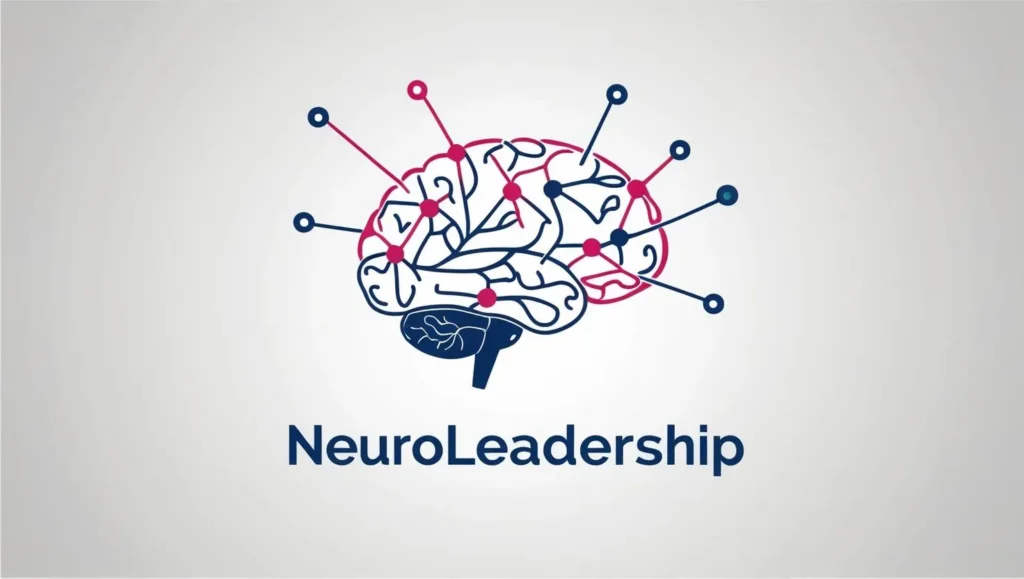Why Your Brain is the Secret Sauce to Better Leadership
What is Neuroleadership?
Neuroleadership is the intersection of neuroscience and leadership. It’s about understanding how our brain works; yours and your team’s, to foster better decision-making, collaboration, and emotional resilience. I won’t be too much if I say that our brain is a drama queen. And just like a typical drama queen, it’s wired to avoid threats, crave rewards, and overreact to stress. Ever seen someone lose it over a missing stapler? That’s their amygdala hijacking the show. Neuroleadership is about creating an environment where brains can thrive, not just survive.

The Science of Sticky Leadership
1. The SCARF Model: Your Brain’s VIP Pass
David Rock’s SCARF model is the holy grail of neuroleadership. It breaks down five social drivers that light up (or shut down) our brains:
i. Status: Does this make me feel valued?
ii. Certainty: Do I know what’s coming next?
iii. Autonomy: Can I control my work?
iv. Relatedness: Do I feel connected to my team?
v. Fairness: Is this process transparent and just?
Do read about Google’s “Project Aristotle” if you are interested in learning practical use of this theory in corporate world. It found psychological safety (a combo of Relatedness and Certainty) was the #1 predictor of team success. Teams that felt safe to take risks outperformed others by 17%.
2. The Power of the Pause:
Your prefrontal cortex (the brain’s CEO) is like a toddler, it gets cranky under pressure. When stressed, it shuts down, leaving your amygdala (the drama queen) in charge. Pro Tip: Teach leaders to pause before reacting. A simple 10-second breath can reset the brain and prevent “email regret.” Facepalm Moment: A Fortune 500 exec once fired an employee mid-meeting after a heated debate. The fallout? A $2M lawsuit and a team that walked on eggshells for months.
3. Dopamine: The Ultimate Motivator
Dopamine isn’t just for TikTok binges, it’s the brain’s “reward chemical.” When employees feel recognized or achieve a goal, their brains light up like a Christmas tree. Wisdom Nugget: Recognition doesn’t have to be fancy. A handwritten note or public shout-out can trigger the same dopamine hit as a bonus.
Lets look at some examples here :-
i. Microsoft’s “Growth Mindset” Revolution: Satya Nadella transformed Microsoft by embedding neuroleadership principles into its culture. Leaders were trained to praise effort, not just outcomes. Teams were encouraged to experiment without fear of failure. Managers adopted “coaching” over “commanding” styles. As a result, Microsoft’s market cap tripled in five years, and employee satisfaction hit record highs.
ii. Patagonia’s “Let My People Go Surfing” Philosophy: Patagonia’s founder, Yvon Chouinard, understood the brain’s need for autonomy and play. Employees could surf during work hours (yes, really) and flexible schedules boosted creativity and loyalty. Leaders modeled work-life balance, reducing burnout. And the result, Patagonia’s retention rate is 25% higher than the industry average.
Practical tips to improve your Neuroleadership skills
- The Feedback Sandwich (Hold the Mayo): Traditional feedback sandwiches (praise-criticism-praise) often backfire. Instead, try the “SBI Model”. Situation, “In yesterday’s meeting…” Behavior, “You interrupted Amadeu three times…” Impact, “It made him feel undervalued.”
Tip: Focus on behaviors, not personalities. Brains respond better to “what” than “why.”
2. The 5:1 Magic Ratio: Research shows high-performing teams have five positive interactions for every negative one. Celebrate small wins (e.g., “Great job on that client call!”). Use humor to diffuse tension (e.g., “Who brought the donuts? You’re my hero.”). Avoid toxic positivity, authenticity matters.
3. The “Brain-Friendly” Meeting Formula:
i. Limit meetings to 25 minutes. Attention spans max out at 20–30 minutes. If possible provide the option and infrastructure for folks to stand while being in meetings (standing desk for calls etc.) as sitting too long leads to brain fog.
ii. End with action items: Brains love closure.
The Future of Neuroleadership
The workplace of today demands leaders who understand brains as well as budgets. As a leader, we need to work towards building a organisation where burnout is rare because leaders prioritize mental health, and Feedback feels like a gift, not a gut punch. Teams thrive because they feel safe, valued, and inspired. And Neuroleadership can make it possible, one brain-friendly decision at a time.
Be the leader your brain would thank you to be.
#neuroleadership #leadership #humancapabilities #wellbeing



